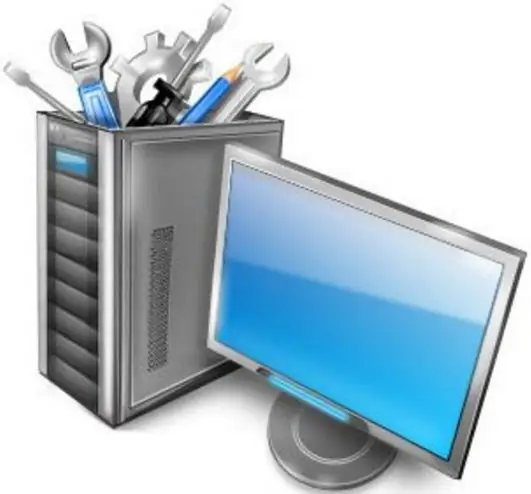You have purchased a new floppy drive, it is not difficult to connect it to your computer. In modern systems, the drive is detected automatically, if this has not happened and the drive is not detected, then most likely you will have to go into the BIOS settings.

Instructions
Step 1
To enter the BIOS, just press one key at the start of the computer. Most often it is Del, F1, F2, F3, F5, F10 or a combination of Ctrl + Alt + Esc. It depends on the model and the company that makes the BIOS. Be that as it may, in the lower left corner of the monitor there is an inscription Press X to enter seup, where X is the name of the button to enter the BIOS. If you did everything correctly, the BIOS window will appear.
Step 2
In the BIOS, look for the tab about drives, if it is a SATA drive, you need to find the SATA-Device item, if you have an IDE drive, respectively, IDE-Device, if the USB drive is USB-Device. Find the name of your drive, if it says Disabled next to it, change it to Enabled.
Step 3
Now you need to save your changes. To do this, select the Save & Exit Setup tab or press the F10 key. A confirmation window will appear to save the changes. Press the Y key if you want to apply them, if not, press the N key.
Step 4
The reboot sequence will become available and recognized by the operating system. If this does not happen, check if the drive is connected correctly, if all the cables are connected, and if the power cord is connected. Perhaps the loop or cord is broken and will not contact, then change it.
Step 5
If you need to boot from the floppy drive, you will need to enter the BIOS again. Find the BOOT or Advanced BIOS Features tab, then Boot Device Priority (select the boot sequence with your drive first) or First Boot Device (select your drive name). Save changes, restart your computer and work from your boot disk.






